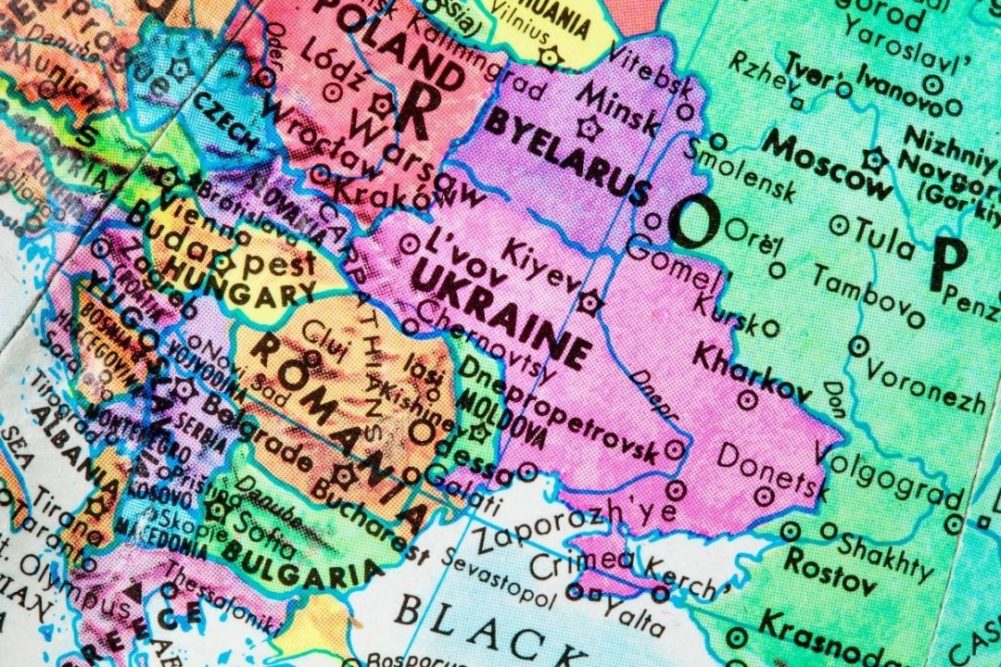ARLINGTON, VA. — As the war continues in Ukraine the impact on global agriculture will have prolonged affects, including food inflation, limited fertilizer supplies, a European recession and fundamental changes in supply chains.
“There’s a lot that we are not talking about in terms of the overall issues that can come from the Ukrainian-Russian conflict, particularly if it extends over a year, two or three,” said Richard Kottmeyer with FTI Consulting Inc., during a webinar April 14 hosted by the American Feed Industry Association (AFIA).
The conflict adds another layer to existing pressure on the agriculture industry from the COVID-19 pandemic and the EU’s Farm to Fork Strategy, which aims to reduce the environmental and climate impact of production. Food inflation is likely to hit levels not seen in 20 plus years, Kottmeyer said.
“If the war ended today, we would have food inflation widely for three years,” he said. “That’s significant. As the war continues, food inflation and the number of years continues to get worse.”
Commodity prices will continue to climb, he said, with some models showing corn over $12 per bu.
“I’m not saying it’s a likely scenario, but the question is are you prepared if it becomes the scenario?” Kottmeyer asked.
With the food inflation that currently exists and the likelihood it will get worse, there is severe pressure on fundamental stability in northern and west Africa, he said.
“The Ukrainian conflict is likely to lead to other conflicts within the next 24 months,” Kottmeyer said. “That could put severe pressure on any number of specialty commodities, and agriculture trade in general.”
The problem compounds further if there is another COVID outbreak, or another problem to top the ones that already exist, he said.
“There is going to be a fight for supply, for inputs, for wheat, for food, between energy and grains,” he said. “There isn’t a model I see where someone is not a loser. The question is who loses and what do they lose?
“How are we going to define who is harmed by the scarcity? Without that definition, it’s going to be developing countries and we’re going to go from one conflict to more conflicts.”
It is possible China could step in with wheat or other commodities to provide food security for Africa and other countries that are most at risk, he said.
“That creates all kinds of geopolitical questions in terms of what is the cost,” Kottmeyer said. “What are the loyalty and geopolitical changes if China takes food security on its Belt and Road Initiative 2.0.”
Infrastructure was already in chaos in part because of COVID, and now it’s worse. It’s likely ports in the Black Sea are going to be Russian or split, Kottmeyer said.
“Supply chains fundamentally are going to have to change,” he said. “What happens with labor? Labor is a critical issue, and we have a lot of negotiations going on right now.”
Recession is likely in the EU, with the possibility of losing 3% to 4% in terms of GDP in the region. Fertilizer accessibility also will be an issue with 50% of the Black Sea region’s potash not shipped.
“It looks like Russia and Belarus are limiting shipment and production,” Kottmeyer said. “With limited supply, Europe is unlikely to get allocations. India may be the most at risk for lack of fertilizer because they are some of the earliest to plant.”
There are also significant direct, physical disruptions in the region, said Roland Fumasi, RaboResearch Food & Agribusiness, including the ability to produce crops in Ukraine right now and moving that production out of the region.
Disruptions include land mines in agriculture fields and a labor shortage as people move away from agriculture to defend their country. Fumasi said they estimate 50% of Ukrainian wheat production is in a heavy conflict zone and 25% of corn production.
“It’s a big challenge right now in terms of getting a crop planted,” he said. “Even if we assume that Russia and Ukraine get some crop planted and harvested, we have a major logistical challenge.”
If a carrier is willing to send a ship into the region, the insurance rates have been so disruptive it’s difficult for any product to leave, Fumasi said.
There is no way, based on current global wheat stocks, for the world to make up the deficit that is expected from the Russia/Ukraine region, he said. A corn shortage can be covered, but the margin to be able to do that has gotten much tighter.
The United States could increase exports of corn and wheat by 200 million bus each, Fumasi said. But that would only make up 10% of the shortfall in wheat and about 17% of the corn shortfall.
Kottmeyer noted that the last time there was food inflation during the Great Recession in 2008, there were some opportunities. Consumers changed what they ate, trading down in many cases.
“It was a great time to be a quick-serve restaurant but a terrible time to be anything but,” Kottmeyer said. “There was a movement toward convenience. Are your companies ready for the seismic shift that consumers showed they’re going to bring? How do we deal with what is fundamentally going to be a massive shift in consumer behavior?”


